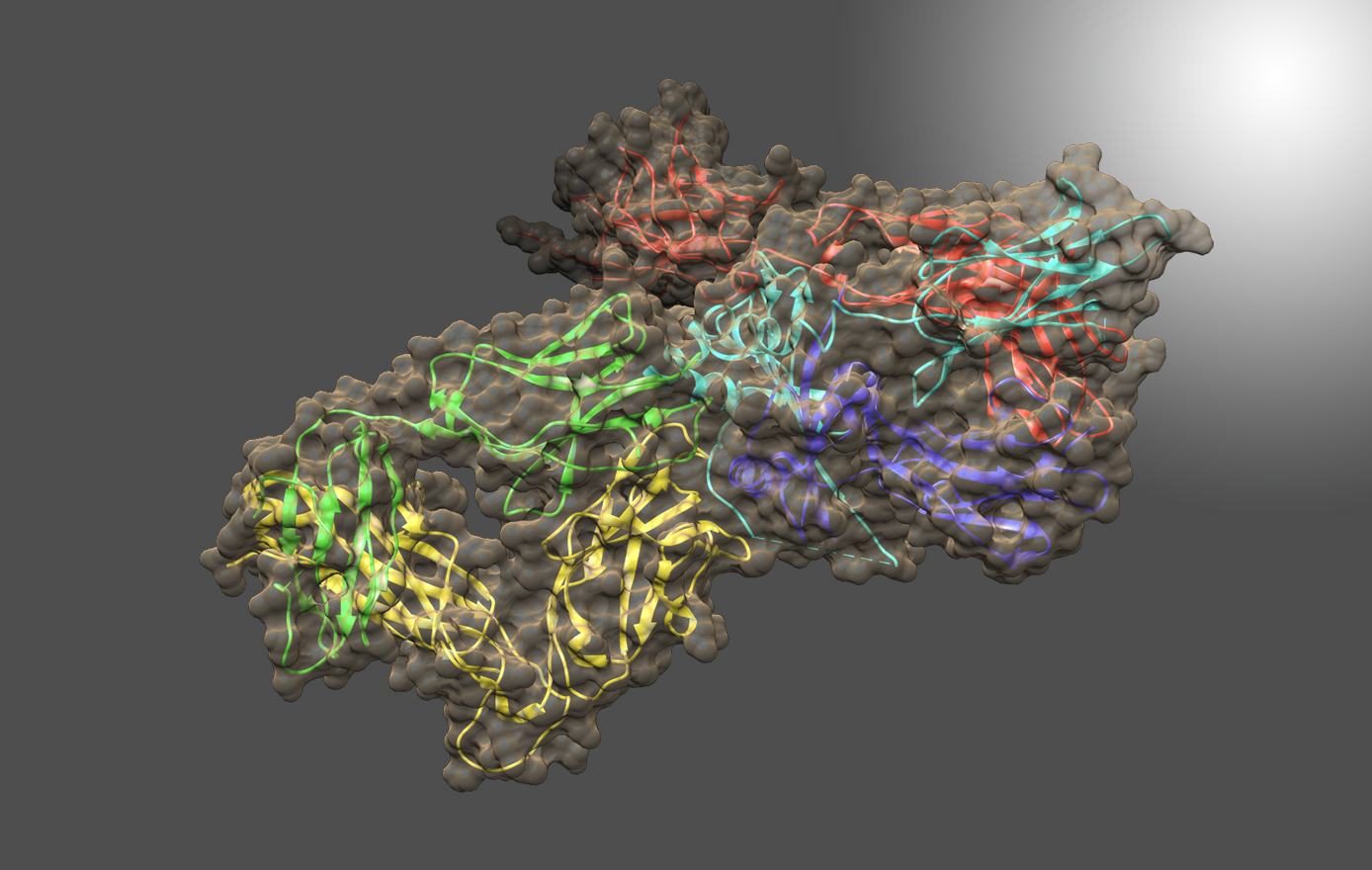
Contact
Email: KVarney@som.umaryland.edu
Call:
Kristen Varney
Weber Group
Contact
Email: KVarney@som.umaryland.edu
Call:
Education
- Ph.D., Molecular and Cellular Biology, University of Maryland, 2004
- B.S., Chemistry, University of Colorado, 1999
- B.S., Biology, University of Colorado, 1999
Profile
Dr. Varney has served as Manager of the University of Maryland, Baltimore Nuclear Magnetic Resonance (NMR) Shared Service Facility for over 14 years and as Structural Biology Section Leader for the Center for Biotherapeutics (CBT) since 2011. In addition to conducting her own research, as director of this facility, Dr. Varney promotes the use of NMR spectroscopy in University of Maryland School of Medicine NIH-funded research, manages all NMR-related projects conducted at the UMB NMR facility, and keeps the NMR spectrometers (600 MHz, 800 MHz, 950 MHz NMR) in good working condition.
A major component of Dr. Varney’s position is oversight of NIH-funded projects and training users. This training includes assisting investigators in preparing an appropriate NMR sample, troubleshooting sample conditions, setting up and running all NMR experiments, processing and analysis of NMR data, and use of all NMR-related computer software. In addition, she is skilled in implementing new NMR techniques for use in the facility, ensuring the best results for the >20 active projects currently in place at the facility.

CURRENT RESEARCH
Dr. Varney oversees numerous state-of-the-art scientific studies that utilize NMR spectroscopy to determine atomic resolution structures of proteins, protein complexes, and complexes involving biomolecular therapeutics and small molecule inhibitors. This work provides both structural and dynamic information useful in the investigation of mechanisms involved in disease states and the development of drugs to treat them.
Dr. Varney works collaboratively on multiple projects including an NMR binding study of KRas4b G12D (1-169) bound to compounds provided by Frank McCormick’s laboratory at University of California San Francisco. Mutated KRAS genes are drivers of colorectal cancer and exist in approximately 45% of colorectal cancer cases. Moreover, KRAS mutant colorectal cancers are intrinsically insensitive to epidermal growth factor receptor (EGFR) inhibitors. Anti-KRAS siRNA reduces proliferation and viability of colorectal cancer cell lines that are resistant to anti-EGFR therapy in vitro, and slows tumor growth in a xenograft model.
The current project involves the development of specific inhibitors of KRAS signaling that work via disruption of regulatory protein-protein interactions (PPIs) that drive the cascade. The development of specific KRAS inhibitors will enable the preclinical and clinical development of a novel class of cancer therapeutics and create the experimental infrastructure for additional targeted disruptions of protein-protein interactions that drive RAS signaling in cancer. Previously published NMR-based studies have successfully identified a KRAS-compound binding pocket where > 25 “hits” (including DCAI) interact with KRAS at the same location. Further, analysis of the crystal structure predicts that this binding pocket interferes with Ras/SOS interactions, thus potentially inhibiting SOS-mediated nucleotide exchange and preventing KRas activation (Maurer et al. 2012. PNAS).
The goal of this study is to use NMR chemical shift change analysis to identify novel KRAS inhibitors, estimate binding affinities, and determine whether the newly-identified inhibitors occupy the known KRAS binding site, or characterize a new binding site.
